There are a ton of tricks you can utilize to maximize your miles per gallon. Start with these gas saving tips.
- Avoid buying gas when there’s a delivery truck at the station. Recent deliveries stir up sediment, which can clog your fuel filter. (And don’t forget, AAA members can save at the pump with Shell.)
- Annual tuneups and inspections are vital. Check your vehicle’s owners manual for recommended maintenance intervals and be sure to inspect suspension and chassis parts for possible misalignments. Problems such as bent wheels, axles, bad shocks and broken springs all create engine drag (and are unsafe when traveling at high speeds). Visit AAA.com/AAR to search for AAA Approved Auto Repair facilities near you.
- Avoid overfilling your gas tank, which can cause spills and waste. Never fill the gas tank past the first “click” of the fuel nozzle.
- After filling up, make sure the gas cap clicks three times. Improperly sealed gas caps allow fuel to vaporize.
- Track local gas prices with GasPrices.AAA.com and keep posted on day-to-day price changes.
- Properly inflated tires are safer, last longer and can improve your gas mileage by more than 3% per tire. Check your tire pressure at least once a month and compare it with the recommended pressure listed in your owners manual and on the placard in your car door. Inflate your tires as needed and be sure to check tire pressure when your tires are cold. A good time to check is early in the morning after your car has been idle overnight.
- Save money with self-service whenever possible and choose to pay in cash if there is an extra charge to use a credit card.
- Keep your eyes open to find good prices at the pump. You could even apply for a credit card, which offers gas savings when using the card for purchases.
- In order to reduce your fuel consumption, keep windows closed when traveling at highway speeds. Open windows cause aerodynamic drag.
- Think ahead when approaching hills. Only accelerate before you reach the hill, not while you’re on it.
- Slow down! Although vehicle reach their optimal fuel economy at different speeds, gas mileage usually decreases rapidly over 60 mph.
- Both acceleration and deceleration waste fuel. Try to drive at a constant speed and avoid tailgating. The driver in front of you could be unpredictable, making you brake or speed up more than necessary. Plus, it’s dangerous.
- Use cruise control when possible. The small, more precise adjustments made by the car’s cruise control system will keep your speed constant and save you fuel.
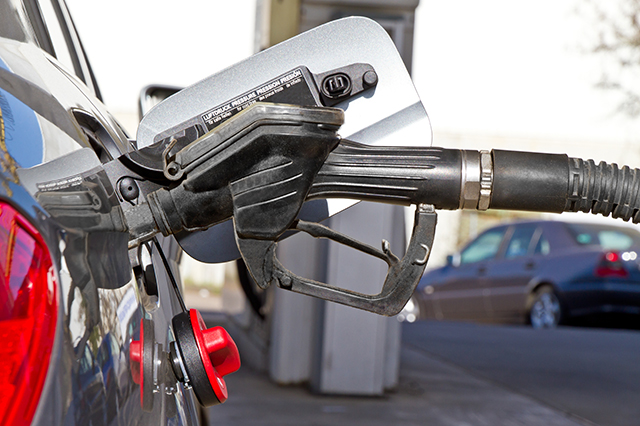
- Even on cold mornings, avoid warming up your engine at idle. Today’s cars are designed to start and go, saving you gas.
- If you have a manual transmission, don’t keep your left foot on the clutch pedal while driving. The slightest pressure puts mechanical drag on components, wearing them down prematurely.
- Avoid driving along rough roads whenever possible. Dirt and gravel can cost you up to 30% of your gas mileage.
- Use alternate roads when they prove to be safer, shorter and straighter. Corners, curves and lane jumping all require extra gas. The shortest distance between two points is always a straight line. Plan your route with the AAA Mobile app.
- Traffic lights are generally timed for your motoring advantage. By traveling steadily at the legal speed limit, you increase your chances of getting more green lights throughout your trip. Pay attention to the lights on your daily commute and try to anticipate whether they’ll turn green or red by the time you get there.
- Gas stations near major highways often charge more for gas because land is generally more valuable in these locations, increasing overhead costs. Those higher costs are passed on to consumers. Before a road trip, fill up at your local station. If you must fill up near the highway, try stations near state border lines, which tend to price their gasoline less aggressively.
- Find the best gas prices along your route with the AAA Mobile app.
- Park your car so that you can easily travel in forward gear when you return to it. It’s a minor step, but worth putting on a gas saving tips list!
- Remove snow tires during good weather seasons; traveling on deep tire treads hurts your fuel economy.
- Operating the air conditioner on the maximum level can reduce your mpg by 5% to 25%, compared to not using it. Try to park your car in the shade so you won’t have to keep the AC working as hard. Turn off the air conditioning five minutes before you reach your destination.
- Remove excess weight from the trunk or inside of the car: extra tires, child seats, unnecessary heavy parts, etc. Extra weight reduces mileage, especially when driving up inclines.
- On large sport-utility vehicles and minivans, one of the simplest gas saving tips is to remove unneeded third-row seating. Some third-row seats weigh over 100 pounds. This is extra weight your engine has to deal with, which can waste gas.
- Carpools reduce travel monotony and gas expenses. They also reduce traffic congestion.
- Combining errands into one trip saves you time and money. Several short trips taken from a cold start can use twice as much fuel as a longer multi-purpose trip covering the same distance with a warm engine. Trip planning ensures that traveling is done when the engine is warmed-up and efficient.
- In bad traffic jams, cars seem to constantly speed up and slow down, while trucks tend to roll along at the same leisurely pace. A constant speed keeps shifting to a minimum, which is important to those who have to wrangle with those 10-speed truck transmissions, but it also aids fuel economy. It takes much more fuel to get a vehicle moving than it does to keep it moving. Rolling with the big rigs saves fuel (and aggravation).
- Idling burns 1 gallon of gas per hour and will earn you zero mpg. Turn off your engine when your car is just sitting. You’ll not only save fuel, but you’ll also help the environment by not releasing more emissions from your car than absolutely necessary.
- Wax your car and keep it clean. This will reduce aerodynamic drag, thus providing better mileage.
- Walk between stops. Once you get into town, some of your stops may be near each other. Park between some or all of them and walk or park in the first spot you find. If you wander all over the parking lot looking for a really close parking space, you’ll use more gas.
- Track your mileage in real time. You may know what your consumption looks like from tank-to-tank, but that’s really not enough. Knowing the mileage you’re getting in real time and comparing it to what you got yesterday is one of the most useful gas saving tips you can practice.
- These days, many offices offer more flexible hours, so errands can be run at almost any time. Avoid being stuck in traffic if all you have to do is leave 30 minutes earlier or come in 30 minutes later.
- Try to purchase vehicles that get good gas mileage. The difference between 20 and 40 mpg is momentous for your wallet.
- Don’t use premium fuel if it’s not necessary. If your car specifies regular fuel, don’t buy premium under the mistaken belief that your engine will run better. Most cars are designed to run just fine on regular gasoline. Check your owners manual to find out what grade your car requires.
- Use your garage. Parking there will help your car stay warm in winter and cool in summer, so you don’t have to depend as much on your air conditioning when you drive.
- Try to avoid traffic on busy days or times when it is raining, windy or barometric pressure is high. Rain and high barometric pressure create extra air drag that uses more fuel to create and maintain forward motion.
What are your special gas saving tips? Tell us in the comments below.
39 Thoughts on “37 Gas Saving Tips”
Leave A Comment
Comments are subject to moderation and may or may not be published at the editor’s discretion. Only comments that are relevant to the article and add value to the Your AAA community will be considered. Comments may be edited for clarity and length.



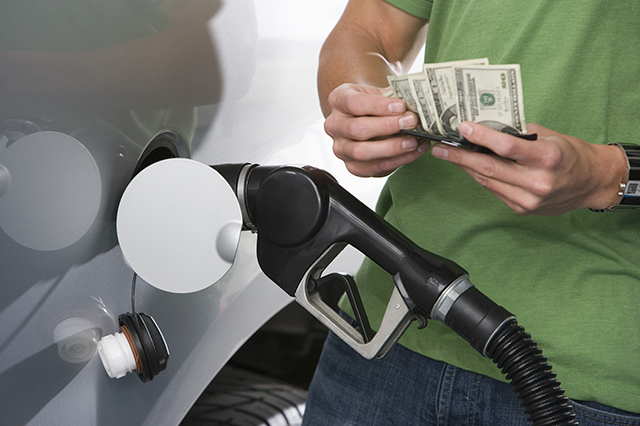
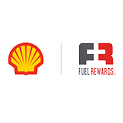




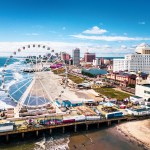


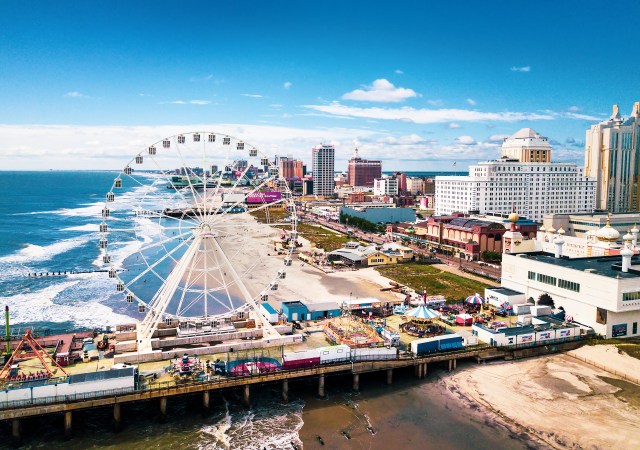




Another way to save your gas is to buy a locking gas cap.people steal .now a days.
I have found NOT driving in cruise control gives me better mileage – unless maybe a flat straight road. I give the car no gas going down hill and can adjust my gas pedal going up hill. Cruise control provides a constant speed but seems to waste more gas in these situations … I have noticed this for many of driving and tracking my mpg while driving. Results may vary depending on know you drive and the degree of hills and curves.
I agree with you
Oh, I just thought of another. If you can swing it, try to do the “stay at home” workday. Maybe your boss will only agree to one or two days at home — if you have work that can be done at home, it will save the drive to the office and all that gas!
Might as well park it and take the bus !!
Everyone buckle the seatbelts in your car before starting it. It’s what you should be doing for safety reasons but you’ll also be saving gas.
how?
If you all do it BEFORE starting the car, you won’t be idling waiting for your passengers to buckle up. It happens all the time. Really great idea that I had never considered before :>)
why?
The tip about tracking mileage puzzled me. I note the mileage and how much gas I put in every time I fill up, so from one fill up to the next I can see how many miles I went and figure out the MPG. The tip was to track your mileage day by day, but how would you know the exact amount of gas used each day?
Use an app such as gas buddy to find up to date cheapest fuel near you verified by other drivers. Very helpful.
How about investing in an Electric Vehicle? Ditch your gas-guzzler now while used car prices are high and save money when charging your EV. Electricity prices are substantially lower than gas prices and electricity is not subject to the same volatility forces which effect fossil fuels. And help the environment!
Thank you for mentioning EVs Joel! My husband and I own one ICE (gas) and one electric vehicle. In summer, it costs us less than $9.00 to travel the same distance (range is over 300 miles) as $45 in gas in our Subaru Forester (cost is slightly more in winter). Plus EVs require WAY less maintenance. Those combined with current rebates (our $39,000 car cost $28,000 after rebates) have made EVs much more affordable.
How and where can the car’s battery be disposed of after it is no longer useable?
Whenever possible, don’t fill up on gas until your tank is near empty. A full tank of gas adds weight to your vehicle and your mileage will decrease. A car gets better gas mileage as the volume of gas decreases.
Although what you wrote is true, You don’t want to leave room for condensation to build up in your tank either in cold or hot weather, so I always try to keep a full tank to avoid that kind of problem.
The condensation build up thingy is getting to be an “old wives tale” now, especially with the newer cars and thus tanks over the last 20 years. IMHO :>) I take “pride” in always driving the car to the bottom of the tank. A 20 gallon tank weighs ~160 lbs…more than 2 young kids or 1 adult. I just filled up today with diesel…20.5 gallons and it cost me $108.75 at $5.15/gal! I live on an island off the RI coast so it is always more expensive here!
That could be most expensive money you ever saved. Most vehicles today have an in-tank electric fuel pump. These should be kept submerged in fuel to keep them cool. I remember the “Car Talk” guys strongly recommending NOT going below a quarter tank.
(Not to mention: what about when the station you are depending on is sold out of your grade?) [It happens – just last week!]
I really appreciate the helpful comments. It says to me that people really do care about themselves and other people! One question I have, is there a product or a reason gas mileage drops a few to 5 or 6 miles per gallon in the winter/colder temps?
Thank you!
Yes, there are a few of factors. First, the gas blend is different (so it vaporizes more easily) and it results in lower mileage. Second, it takes longer for the engine to fully warm, taking longer to reach peak efficiency. Third, if you live in an area of the country where it snows, driving in snow (or mud) creates a lot of resistance so more gas is needed.
“Idling burns 1 gallon of gas per hour and will earn you zero mpg. Turn off your engine when your car is just sitting.” yeS! Oh my gosh, some people are just so ridiculous! I was at a carwash and the cars were about 8 deep to go through the automatic one. The cycle is at least 5-8 mins for the basic. EVERY CAR was idling, so some of those cars would be idling for over half an hour. It wasn’t even a articularly cold day- sun shining through windows keeps car warm this time of year.
I am surprised and disappointed you mention removing a car set. Have you ever put a car set in? It require a lot of effort to get in and fitted correctly. Police / highway safety department even often offer clinics to train parents and confirm a proper fitting. Then on top of it, everyone has experienced more than once having to pick up the kid(s) asap and unexpectedly, and definitely with no time to go pick up the a car seat and get it installed. I like to thing people are intelligent enough to think this though, but sadly I think your recommendation will leave some child traveling without a car seat. Even if it is one child, it is one child too many for price of saving saving the gas.
Why not suggest: loosing 20 lbs by walking or biking (how about an ebike, or escooter) How about removing roof racks. How about sunshades? then there are solar exhaust fans (too cumbersome/awkward/ugly for most – great place for new ideas).
When I see the next traffic light turn red, I take my foot off the gas. The car slows down on its own so that if I do need to stop, I’m stopping from a slower speed so there’s less brake wear. If the light turns green before I get to the intersection I can simply accelerate lightly to get back in the flow of traffic.
Great job with this post!! Also, call ahead when going to a store to make sure the item you want is in stock, avoiding a wasted trip. Also use media and news reports to find traffic congestion wherever you are going. This way you will take a more favorable route, or leave later! Finally, instead of doing a regular visit to a friend or family, once in a while use the phone or visual device to socialize.
Boy if everyone followed these tips, consumption could go down exponentially.
Once stopped at a red light, accelerate gradually when the light changes to green
Is where you are headed a 20-or-so minute walk? Unless the weather is really bad or heavy cargo involved, walk. Good exercise and saves gas.
Want that cup of coffee or food? Park your car and walk inside. It not only saves gas, there’s health benefits and you meet people
Totally
Good Tips.Thanks
thanks for all the travel tips which I already know cause I have been a road hog ive been driving every since at the age of 16 and now I will be 84 1n june bnecause I was raised up on a farm driving tractor so you have to learn early how to drive so you can work
Congrats Freddie
The difference between drving in the right lane at a steady speed and driving in the left lane with its constant speed variations can save gas and a lot of wear and tear on you and will only change your arrival time for a minute or two.
Don’t drive too close so that you can control your cars speed with the gas pedal. Every time those brakes are applied energy and gas are wasted unnecessarily. Pay attention to what’s going on ahead so you can anticipate whether to brake for an emergency or just ease off the gas!